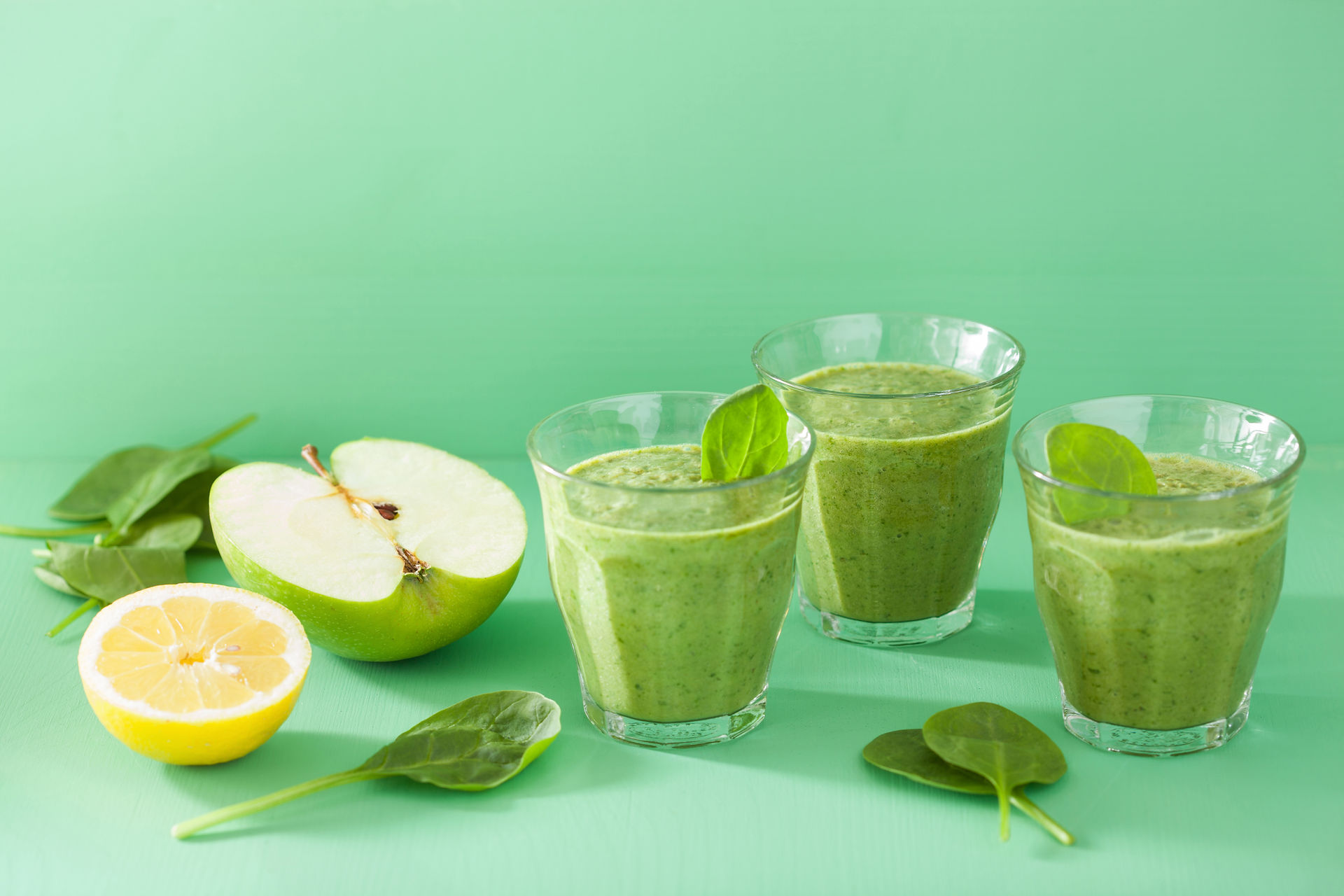

Ajuga Bracteosa
Scientific name - Ajuga Bracteosa
Ajuga bracteosa (A. bracteosa) Wall ex Benth. (Labiatae) is a perennial herb with diffused branching and is distributed from Kashmir to Nepal, sub-Himalayan tract, plains of Punjab and the upper Gangetic plains of India. The herb is recommended in ayurveda for the treatment of rheumatism, gout, palsy and amenorrhea. The herb has also been credited for its astringent, febrifugal, stimulant, tonic, and diuretic properties. The previous pharmacological investigations on A. bracteosa have reported the antifeedant activity against Spodoptera littoralis larvae, cancer chemopreventive, and antiplasmodial, activities. Ajuga bracteosa has also been reported to inhibit the acetylcholinesterase, butyrylcholinesterase and lipoxygenase activity.
Uses
-
In the Ayurvedic system of medicine in India Ajuga bracteosa is credited with astringent, febrifugal, stimulant, aperient, tonic, diuretic and depurative properties, and it is used to treat gout, rheumatism, palsy and amenorrhoea. The leaf juice is used to purify the blood and against fever, and powdered leaves are applied to burns and boils. In Pakistan, the plant juice is used to treat bile duct problems.
-
The leaves of an eastern African Ajuga species are used as a remedy for fever, toothache, dysentery and high blood pressure.
-
From the petroleum-ether extract of the plant, ceryl alcohol, β-sitosterol, γ-sitosterol, daucosterol, hexacosan-1-ol, triacontan-1-ol-docosanoate, and cerotic and palmitic acids have been isolated.
-
An aqueous extract of the leaves showed diuretic activity in rats almost equal to that of urea. An alkaloidal fraction isolated from the leaves showed stimulant action on isolated perfused frog heart, rabbit auricle and rat ventricle preparations.
-
In tests with rats, treatment with a leaf extract of an Ajuga species from eastern Africa arrested and reversed the progression of an induced hypertensive cardiovascular disease.
-
Several pharmacologically interesting compounds have been isolated from other Ajuga species: phytoecdysteroids in A. turkestanica (Regel) Briq. from central Asia showed a marked effect on blood regeneration in haemotoxic phenylhydrazine anaemia in rats and furthermore stimulated bile secretion in rats. In addition, an iridoid glycoside which is a nonsteroidal ecdysteroid agonist, and an iridoid with vasoconstrictor activity is present in the European A. reptans L. Other interesting compounds include diterpenoids with antibacterial activity from the Chinese A. lupulina Maxim., and a flavone in the Chinese and Japanese A. decumbens Thunberg with inhibitory activity on HIV reverse transcriptase. The iridoid glycoside 8-acetylharpagide isolated from A. decumbens exhibited potent anti-tumour-promoting activity in mice.
-


References
Dröge W. Free radicals in the physiological control of cell function. Physiol Rev. 2002;82(1):47–95.
Ghufran MA, Qureshi RA, Batool A, Kondratyuk TP, Guilford JM, Marler LE, et al. Evaluation of selected indigenous medicinal plants from the western Himalayas for cytotoxicity and as potential cancer chemopreventive agents.
Chandel S, Bagai U. Antiplasmodial activity of Ajuga bracteosa against Plasmodium berghei infected BALB/c mice. Indian J Med Res.
Gautam R, Jachak SM, Saklani A. Anti-inflammatory effect of Ajuga bracteosa Wall. ex Benth. mediated through cyclooxygenase (COX) inhibition. J Ethnopharmacol.